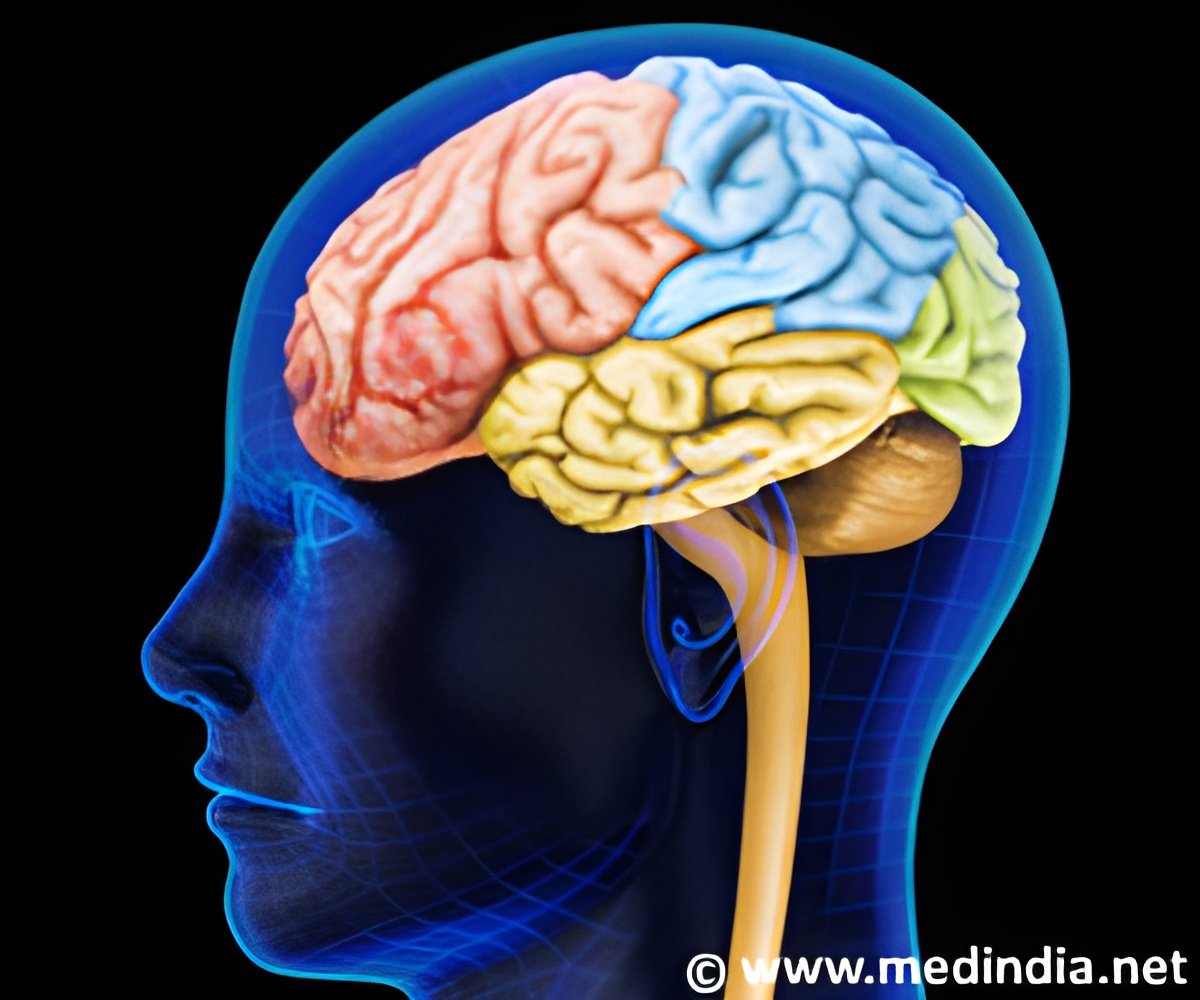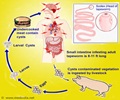The blood brain barrier (BBB) in the human brain is a very important aspect in human physiology.

Now bio engineering researchers at Temple University in Philadelphia have come up with an experimental workaround; a synthetic pediatric blood-brain barrier on a small chip and have tested it successfully using rat brain endothelial cells (RBECs) from rat pups and human endothelial cells. They will describe it at the ASCB/IFCB meeting in Philadelphia on December 8. The model BBB on a chip is the creation of postdoctoral fellow Sudhir Deosarkar in the laboratory of Mohammad Kiani at Temple University in Philadelphia in collaboration with Barbara Krynska from the Shriners Hospitals Pediatric Research Center at Temple's School of Medicine and Balabhaskar Prabhakarpandian from CFD Research Corporation in Huntsville, Alabama.
Deosarkar calls his physiologically realistic in vitro pediatric BBB model on a chip, the B3C. It has two compartments, one to grow blood vessel cells in and another for cultured brain cells, mimicking the physiology of the BBB. The researchers fabricated the B3C using an optically clear, oxygen permeable polymer, polydimethylsiloxane, on a glass slide with vascular (apical) and tissue (basolateral) compartments. For a proof of principle test, Deosarkar grew the rat brain blood vessel cells on the vascular side of the chip and tested the barrier they formed under a variety of flow conditions with a range of tests including immunofluorescence staining of tight junctions that interconnected the endothelial cells as well as the electrical resistance across the barrier, and by tracking various sized molecules as they crossed to the tissue side of the model. The results were encouraging, Deosarkar reports. Because the interactions of endothelial cells with adjacent brain cells and factors secreted from these cells are necessary for BBB function, permeability of fluorescently tagged molecules was significantly reduced in the presence of factors from brain cells, modeling the of human BBB.
By culturing RBECs and human endothelial cells under flow conditions, the researchers found that cell-cell junctions they formed accurately mimicked endothelial barrier formation in the brain. Says Deosarkar, "In this study, we have developed a first realistic pediatric BBB model (B3C) using RBECs from rat pups and human endothelial cells which could serve as an in vitro model system for studying BBB function in pediatric neurological diseases as well as for testing novel therapies for these diseases."
Source-Eurekalert















